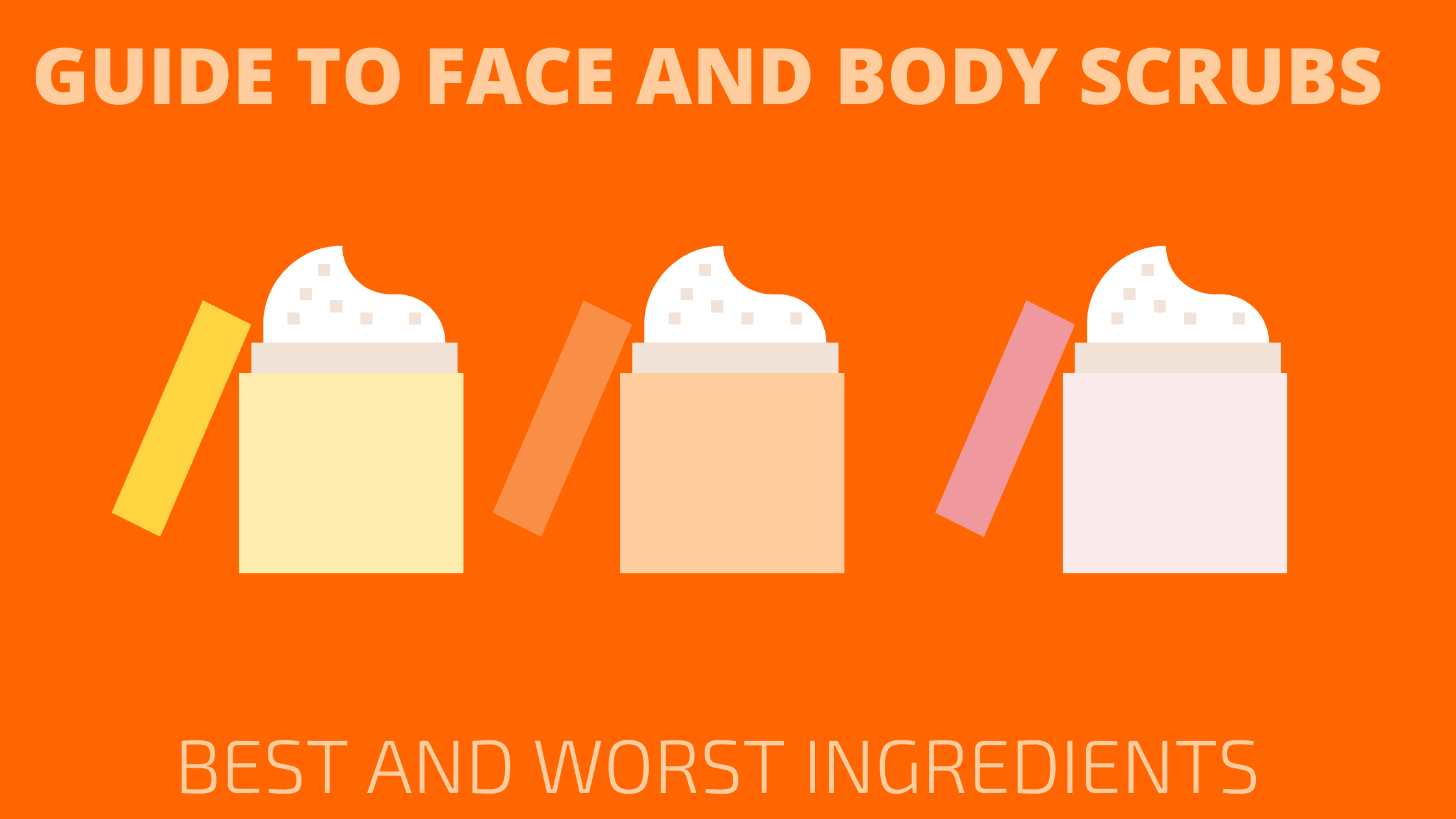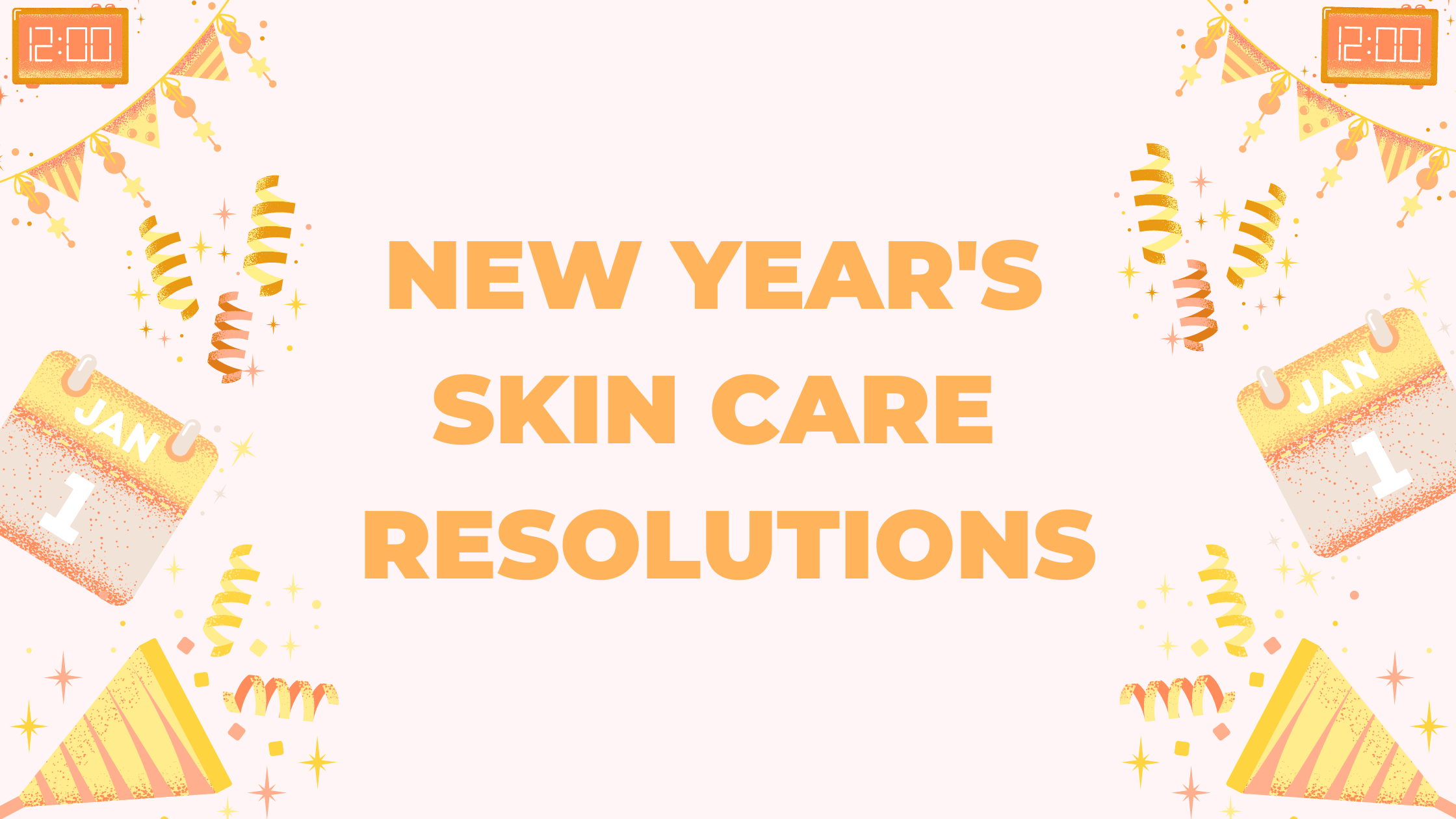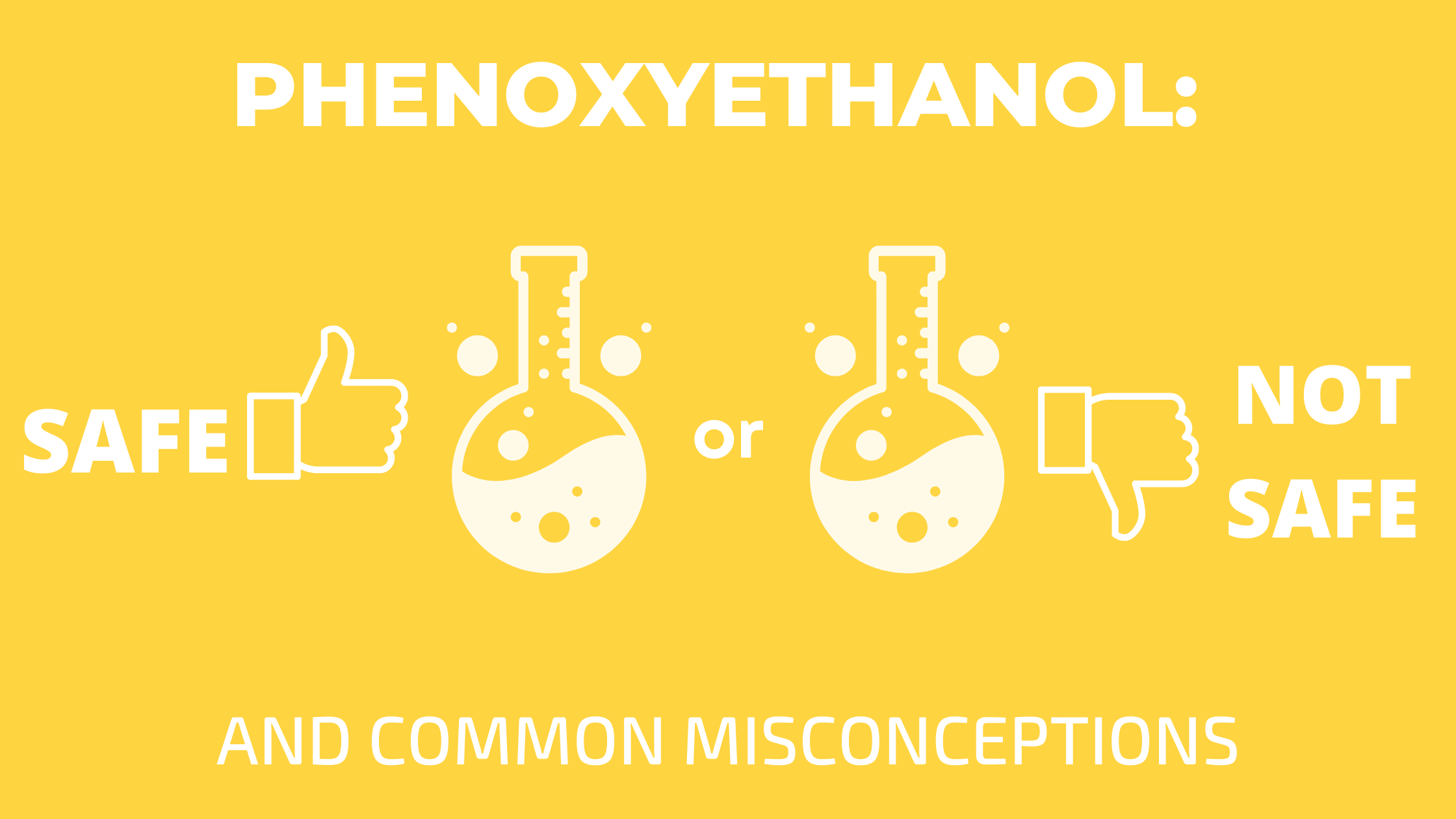
Guide to Face Scrubs: Best and Worst Ingredients in Physical Exfoliants
Our skin is repeatedly dying and rejuvenating like some kind of zombie. But it can't always do this zombification on it's own, and sometimes it needs a little help from outside sources — mainly our skin care routine — to slough off the dead skin cells left over. If left to their own devices, these dead cells can build up and clog pores, causing dry, dull skin, acne, and folliculitis. Even though your skin is doing crazy zombie magic, doesn't mean you want to look like one, right?
Alright, enough of that metaphor, what exactly does your skin need to properly remove dead skin? The key to removing dead skin cells from your skin is exfoliation, the removal of the oldest dead skin cells on the skin's outermost surface.
There are several ways to exfoliate, but not all exfoliants are created equal. Let’s take some time to break down the nitty gritty on different types of exfoliants and which might be best for your particular skin type.
First of all, there are two main categories of exfoliators: physical (mechanical) exfoliants and chemical exfoliants.
Physical Exfoliants
Physical exfoliation involves using some kind of hard material to slough off the dead skin clogging your pores. This can be in the form of a face scrub, body scrub, a DIY homemade scrub (though we recommend staying away from diy skincare and sticking to dermatologist approved products), microdermabrasion treatments performed by a dermatologist, using a skin exfoliating brush, or even something as simple as rubbing a washcloth over your face.
Chemical Exfoliants
Chemical exfoliants on the other hand, utilize acids or enzymes to loosen the upper layer of dead skin, creating a peeling effect. These exfoliants can be bought over the counter in weaker concentrations of chemicals such as alpha-hydroxy acids (AHA), beta-hydroxy acid (BHA), glycolic acid, citric acid and salicylic acid, or can be performed professionally by a dermatologist in the form of a chemical peel.
Benefits of a physical exfoliant
In this article we’ll mainly focus on the physical exfoliants, and how to choose the best exfoliating scrub for your skin.
Physical exfoliants, also called mechanical exfoliants, speed up your skin’s natural exfoliation, which opens up pores and leaves your skin instantly smoother. They also stimulate blood circulation which helps with lymph drainage, strengthening the skin, and reducing puffiness and cellulite.
If you struggle with pesky ingrown hairs, the quick removal of dead skin around hair follicles with a scrub will make it easier for hairs to grow through the skin, and not curl back under your skin. So using a scrub before shaving is a great way to avoid the pain of ingrowns.
Physical exfoliation is ideal for oily skin, since oil builds up, and dead skin doesn’t flake off as easily, making skin prone to breakouts. That forceful removal of these dead skin cells will open up pores efficiently.
Chemical exfoliants are a great option as well, but there are some side effects that could come along with their usage like dryness and sensitivity to the sun, and are best avoided by people who have darker skin tones or are prone to skin discoloration according to the American Academy of Dermatology.
Best Physical Exfoliants
The key to a good physical exfoliant is choosing one with the right main ingredient. It’s crucial for the granules found in physical exfoliants to be fairly uniform in size and to have smooth edges. Being that they’re so tiny it’s hard to tell just by looking at it, but here’s some exfoliants that are known to be gentle on the skin:
- Jojoba Beads
- Pumice
- Oatmeal
- Clean washcloth - a used washcloth can harbor bacteria and if you use it again without washing, it will transfer the bacteria back to your face which is a breakout waiting to happen.
Worst Physical Exfoliants
Natural exfoliant ingredients are very common, but more people are turning away from them as they can cause microtears due to their jagged edges and different sized particles. Natural isn’t always better for your skin so stay away from exfoliants that contain ingredients like:
- Fruit Pits or seeds
- Walnuts
- Shells
- Salt
Microbeads took the world by storm since their man made, smoothe, spherical shape made from plastic made them a prime gentle exfoliant. While they weren’t as damaging to the skin as some of the aforementioned natural exfoliants, many countries, including the U.S., have banned microbeads since the tiny pieces of plastic were detrimental for the environment, and can have negative effects on marine life and human health according to the Australian Government's Environmental Department. So if you find yourself coming across some black market skin care with microbeads, do the ocean and yourself a favor and stay away from it.
Are face scrubs right for your skin?
Too much of a good thing can always be a problem, and thus is the case with face scrubs. Scrubbing too often regardless of the exfoliant being used can damage the skin. The same goes for chemical exfoliants. So proper and timely application of either is what is critical for getting the best results for your skin without causing irritation.
It’s typically recommended to use physical exfoliants sparingly (about once or twice a week) if you have sensitive skin, but if you have thicker skin that frequently builds up lots of dry, dead skin, and isn’t prone to irritation you may be able to use a scrub more frequently, especially if you find a gentle face scrub.
And sometimes a scrub isn’t right for you at all. Some people’s skin is so delicate that it can’t handle the slightest bit of abrasion from physical or chemical exfoliants, in which case you should stick to using a soft, clean washcloth to help loosen dead skin particles by gently rubbing in a circular motion, or look for a chemical exfoliator instead.
Exfoliation for your skin type
- Very Sensitive Skin - Exfoliate sparingly (once or twice a week) using only a warm, damp washcloth and a very gentle chemical exfoliant.
- Oily Skin - Oily skin can typically put up with more abrasive mechanical face scrubs, and can do so daily.
- Dry or Combination Skin - Chemical and physical exfoliants are both adequate, so try both, and see which you prefer, and use it about 2-3 times a week.
How to exfoliate with a facial scrub
It's entirely possible that a face scrub may be too abrasive on your skin, so we suggest testing it out on the back of your hand. If it feels the slightest bit scratchy on your hand, then it will definitely be too rough on your face, and if any redness or irritation occurs, it’s best to shelf that particular scrub, and maybe swap it for a gentler scrub, chemical exfoliant, or washcloth.
If you have skin that is compatible with a facial scrub, it’s important to use it wisely. Don’t press too intensely on your skin as you scrub, don’t scrub multiple times a day, and don’t scrub for too long. Here’s some face scrub tips on how to use it effectively:
- Wash your face using your favorite cleanser.
- Rinse with lukewarm water, and leave skin damp.
- Add a dime-sized amount of scrub to your fingertips.
- Begin applying to the face gently in circular motions, and scrub for about 30 seconds.
- Do not apply to very sensitive areas of the face like the delicate under eye skin.
- Rinse with lukewarm water, and pat dry with a clean towel.
- Finish with a moisturizer.
There’s been a lot of fear surrounding face scrubs in the last few years, and some of it is warranted. Yes, rough, jagged scrubs made from walnuts and peach pits can damage your skin and its barrier, but not all face scrubs have those harmful particles. If your skin isn’t super sensitive, a gentle scrub using one of the ingredients mentioned above is a necessary addition to your skincare routine a few times a week or even daily if you have rough skin. You’ll be fighting off dreaded dead skin which is standing in the way of your best skin possible.
And, if all else fails, a washcloth is all you need.



Leave a comment
This site is protected by hCaptcha and the hCaptcha Privacy Policy and Terms of Service apply.